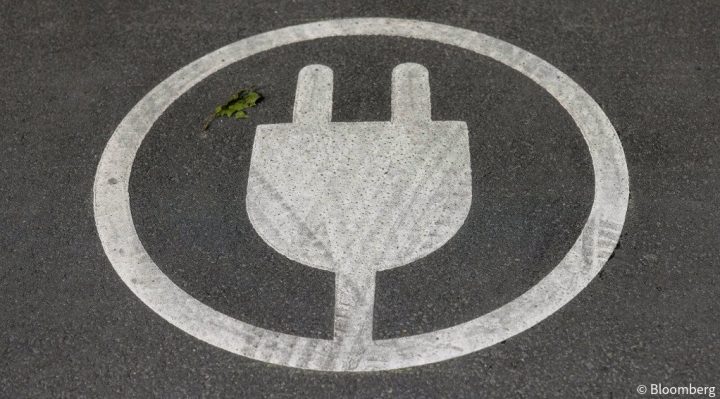While the surge in sales of battery electric vehicles (BEVs) was initially seen as a threat to Norway’s electricity grid, reality, and the fact that most people (81%) charge their cars at night, have managed to calm these fears, says Norwegian Electric Vehicle Association senior adviser Sveinung Kvalø.
It also became clear that the average electric car consumes the same electricity as a water heater when charging.
Norway produces 157 TWh of electricity, with 2024 consumption at 138 TWh. BEVs used 1.6 TWh of this number.
When Norway’s entire car fleet is eventually replaced with BEVs, that usage is expected to reach between 6 TWh and 7 TWh, which is a small percentage of the available capacity, says Kvalø.

Should commercial vehicles also go fully electric, this would add another 6 TWh to 7 TWh.
Norway’s new-car market stood at 94% BEV sales in July this year, up from zero in 2010.
The biggest BEV brands are Volkswagen, Tesla, Toyota and Nissan, with Chinese brands such as MG, XPeng and BYD also present.
There are now 905 000 battery electric cars in Norway and 209 000 plug-in hybrids.
Fast chargers stood at 10 000 units in July.
While service stations were quite late in putting up chargers, many of them have now installed this convenience, with some forecourts even removing their fuel pumps.
Service station owners have found that they remain well located, also for EV charging.
Kvalø says Norway’s charging market developed with a little bit of help from government between 2012 to 2017, with the market becoming commercially viable after 2017.
The number of BEVs per fast charger is now at less than 100, down from more than 160 in 2012.
Kvalø says Norway’s aim is to go 100% electric.
The car parc is at 29.5%, small commercial vehicles at 8.1%, buses at 14.3%, and trucks at 3.1% electric.
The political goal is that new heavy-duty vehicles should be fully electric, or run on biogas, in 2030.
Last year, 12.6% of new-truck sales were electric. The most common brands are Volvo and Scania.
Following the Norwegian Parliament’s decision that all new light vans and cars sold in 2025 should be electric, the government stimulated the BEV market through a raft of incentives, including zero VAT on BEVs and no/low registration tax, up to the point that the purchase prices of a BEV and an internal combustion engine vehicle were roughly equal.
